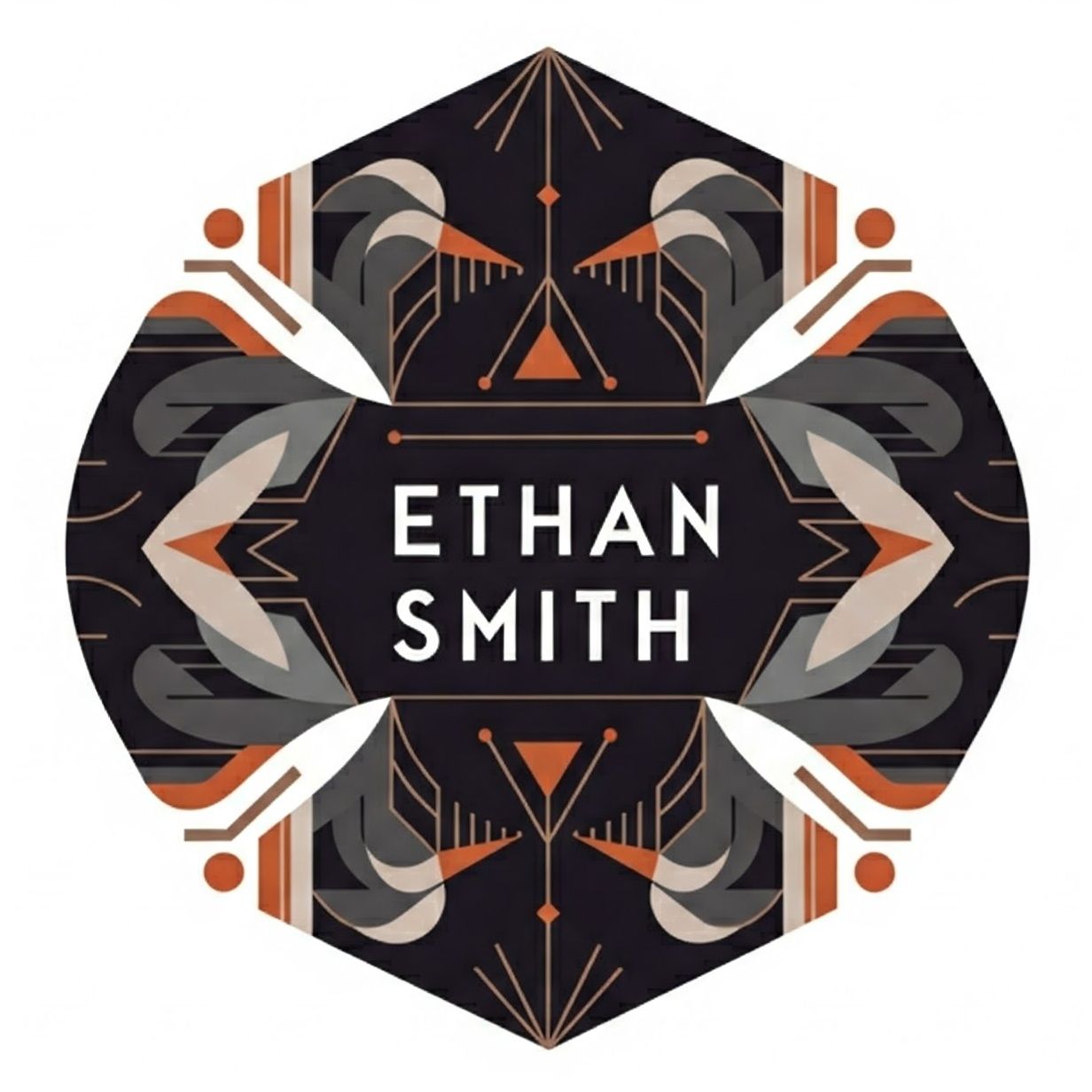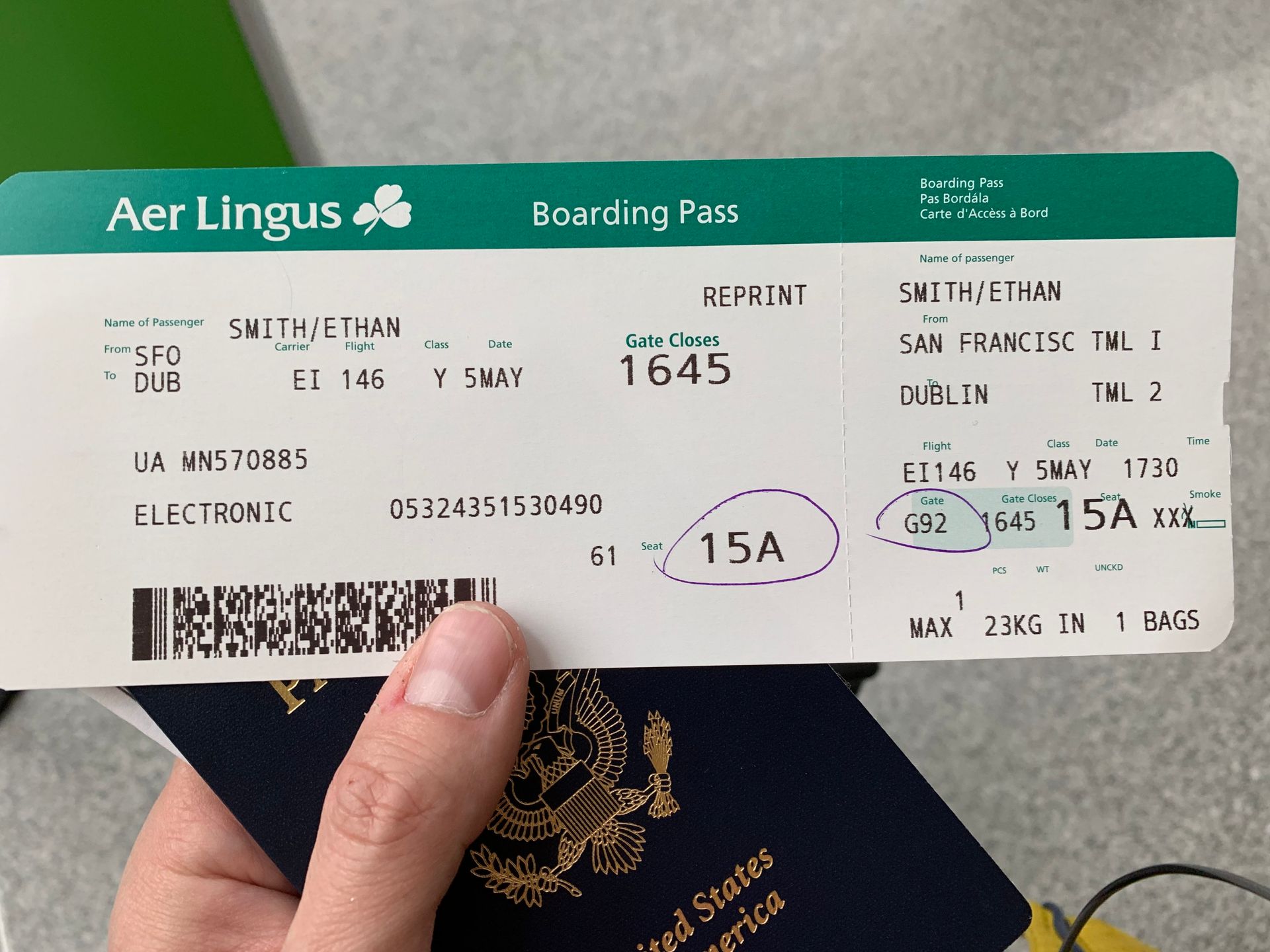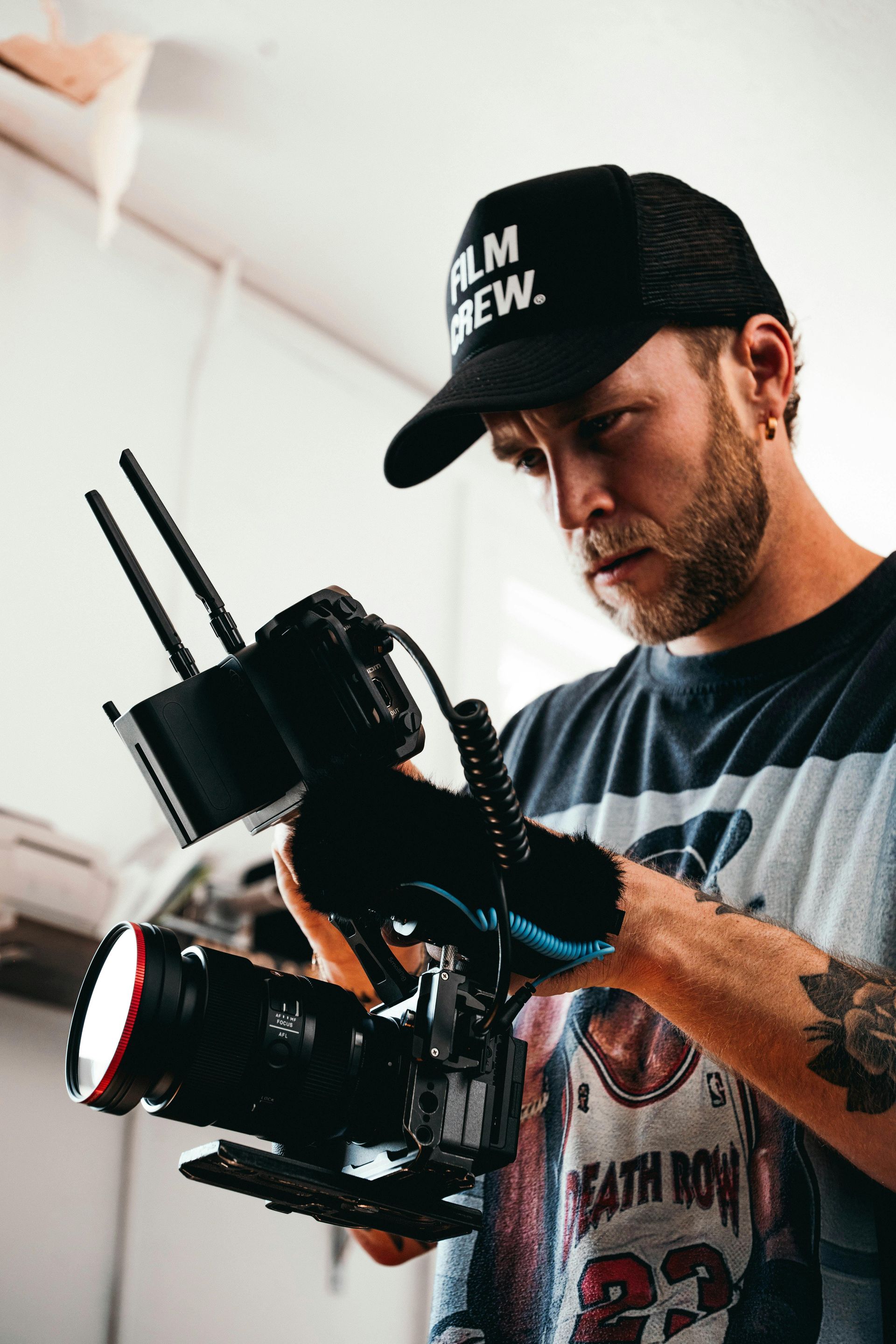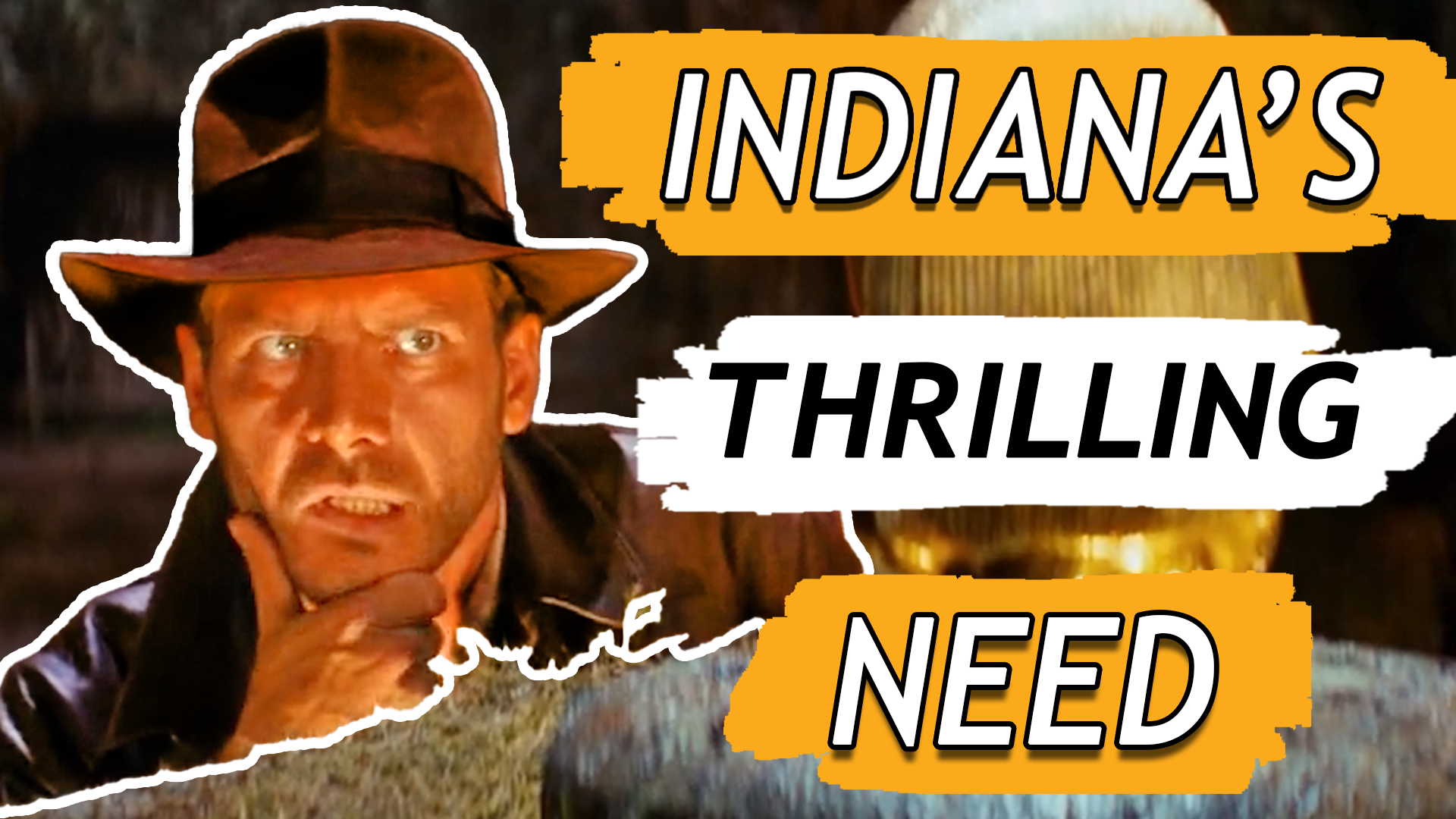How to Nail Teaching With a Story on Your First Try
The 2 Minute Rule Is Your Key To Start Safely
Back in July while preparing to record our podcast, my cohost Ryan listened to me cursing - A LOT, Even for me.
I was losing my mind.
For 6 months I’d been trying to use stories to make my teaching videos better. I was studying Matthew Dicks’ book Storyworthy. And the advice made sense, stories make teaching more engaging.
But every time I tried it felt wrong. Too long. Too emotional. Like I was making the lesson about me, not the part people wanted to learn.
I couldn’t get any story to feel right, so I couldn’t even get started.
Worse, I was afraid I was starting to hate writing, so I asked Ryan for his advice.
His answer? “Don’t overthink it. Just write what comes natural to you”
“FUUUUUUUCK”
This was going to drive me mad, but I refused to give up.
A few months later in October, I found a chance to speak with Matt himself.
I asked him: Why can’t I make this work in my teaching videos? His response?
"Oh, you're teaching? That’s a different genre. You need to tone it down and make your stories shorter. You need to learn sales storytelling.”
Sales?! I’m not trying to sell, I’m trying to teach!
But I gave it a shot—and holy crap, it worked.
For the first time, I wrote a story in my script and the words felt good. It fit. It felt like it belonged there. This time when I read it to a friend, she didn’t just listen as a favor, I saw her eyes light up, she leaned in. She cared.
Matt was right. Again. The key to better teaching wasn’t where I expected to find it. It was in sales storytelling.
And if you made it this far in this video, you’ve already proved it works.
But it’s scary to get started, so let’s knock down the 3 things that stop most people from ever getting in the ring. So when you take your first shot in public you land it, and walk away with your first win.
1: The 2 Minute Rule
The number one thing that the most people get stuck on is how long the story should be.
This easy to get stuck on. Because you know your story needs to fit in enough things to be effective, but if it’s too long you’ll burn through any good benefits and be worse off than if you’d never tried a story at all.
Looking for advice you’ve probably been told some condescending version of “Your story should be as long as it’s interesting to your audience” and “A good story can be hours long!”
Seriously fuck off.
We’ve got a job to do. People are depending on us to get things done. Every minute counts, yours and your clients.
The answer is the 2 minute rule.
If you watch Steve Jobs’ keynotes that made him famous for being God’s gift to storytelling, each of his hour long presentations started with a simple 2 minute story.
Remember right now your goal isn’t perfection. It’s a first round in the ring guaranteed your audience won’t regret your attempt. You can worry about getting fancy further down the road when you’ve got the basics solid under your feet.
The 2 minute rule guarantees that because is there actually isn’t that much you need to say in a sales story. It doesn’t need to entertain people all night. It doesn’t need to give every piece of information. And it doesn’t need explain the whole lesson. The I told you ended nearly 2 minutes ago.
The only job it does need to do is persuade people to care about what you’re going to say.
People make decisions by emotions. Then look for logic to support it later. So put your short story at the beginning of what you have to say, and it will add a charge to every word that comes after. If you nail the emotion part in your story but forget something later in the rest of your presentation, they will stop you to ask, because now they want to know.
So keep your story under 2 minutes and put it at the beginning, and know you’ll get through your first round in the ring in one piece.
2: What do I need in the story?
With the length sorted out you’ll be all set if you’ve ever told stories to your friends. But what if you’re completely new to telling stories? Then you’re probably getting stuck on what has to go in to be interesting, but not too much that it rambles.
If that’s you, first of all a big hell yeah for being so bold to jump this far into the deep end. Being willing to get this far out of your comfort zone is a huge mark of someone who’s going to succeed in the future.
The first thing you likely did is search online for how to write a good story. Then got bombarded with pretentious artists each disagreeing with each other. 13 point structures. Rising stakes, a climactic change where everything night and day in one brief moment. And oh yeah, it has to all be a true experience that happened to you.
Terrible advice. For us, the right advice is almost opposite.
First of all, all we need to do is set the tone! If your story doesn’t have much drama in it and is just a fun anecdote you like, that will still work great here! In fact it’ll be better because that will be easier to condense into 2 minutes.
Second, for sales stories, less is more. We’re not trying to entertain our audiences, we’re trying to connect with them. So flat out, your story about spilling your coffee is going to be better than a story of surviving an oil rig explosion. Because everyone can relate to the coffee one.
Also, the bar for storytelling in sales is so low, than even a mildly interesting story will feel exciting and powerful.
The only one thing you do need, is to make keep your story relevant to your audience and something that matters to them. No matter how small. Do that and your story will accomplish the one thing it needs to do.
Keep that up during your first fight with storytelling and it’ll keep you getting interested eyes instead of questioning eyebrows.
3: How much emotion to use?
Alright you know what size of box you have and what to fill it with. Telling your first sales story seems so doable now! But if you’re like me, you got stuck on one final thing. Worrying how much emotion should be in your story.
This was the hardest one.
Every scrap of writing advice I found was telling me how to heighten every emotion up to 11. Trying it, it felt corny as hell. I couldn’t imagine telling that story in a video.
In the end Im glad I listened to my gut telling me something was wrong. I avoided making a total fool of myself. It turned out there absolutely IS a level of emotion that’s too much in sales storytelling. It would hurt you by making you feel inappropriate, creepy, or manipulative.
The answer I found in Paul Smith’s book Sell With A Story feels absolutely perfect:
Think yourself how well your audience knows you, then ask how much personal closeness they would be comfortable with?
You go through 3 phases when getting to know people:
Phase 1 - Just introduced
Keep it light.
“College taught me persistence because it was a challenge and I overcame ”
Phase 2 - You’ve met before
Go one level deeper.
“College taught me persistence because since I grew up poor, it was hard to work a job to pay for tuition while doing all the classes”
Phase 3 They trust you
You can share your true struggle.
“College taught me persistence because, when I was a kid my dad passed away, which meant I had to work a job to pay for tuition while doing all the classes”
By asking how well the audience knows you, you’ll always be able to pick the right amount emotion to score hits right on target and never go overboard.
Those 3 tips will get you started.
You’ll be in the ring, growing your mastery, and watching people’s eyes light up.
Once you see how much you hooked their attention with your story, you’ll want to use every story you have. But some are too long and others are too short.
So in the next article I’ll show you how to take any story you love and adjust its length, so it fits perfectly and hooks them every time.
Enjoyed this article? Get the top 3 best lessons I learned on topics like these, every week.
In short bullet point form:
Sixty Second Sundays
We will get back to you as soon as possible.
Please try again later.










